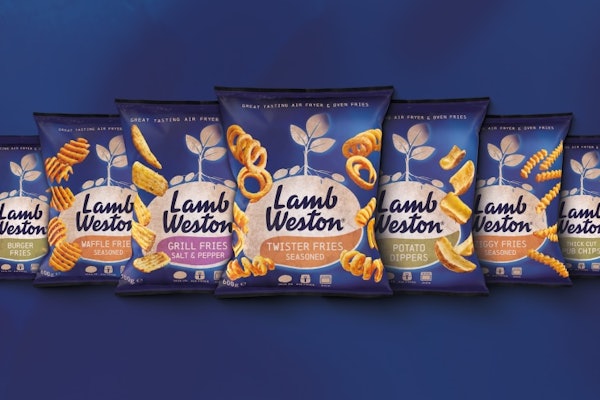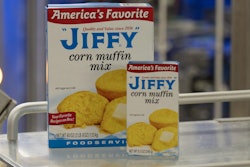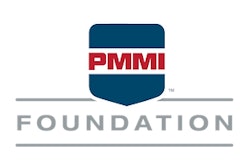One of the things I like to do here is comment on how the “outside
world” views packaging. It isn’t often flattering. Here is a relatively balanced
article that, unfortunately, just assumes foods have been labeled
incorrectly and offers some guidelines.
On March 9, 2010, the website for the Gaston Gazette
(North Carolina) leads with an article titled, “Is there truth in packaging?’
The piece addresses consumer confusion over labeling hype, especially
pertaining to consumers who are trying to eat healthier and are
struggling with marketing terms on packages. For instance:
Natural—the number-one claim on food and beverages launched in 2008,
according to Mintel. Neither the FDA nor the Department of Agriculture
has ever defined it. The term is not permitted in a list of
ingredients, unless the product contains natural flavorings. So
“natural” on any package is basically meaningless!
Processed and unprocessed—frequently misunderstood, according to the
Gaston Gazette article. Many think processed is unhealthy, when all it
might mean is the nuts have been roasted instead of packaged raw, or
the lettuce has been cut and washed.
Whole—no regulatory definition. Often means not processed or refined.
Organic—most specific criteria and legal meaning.
According to the article, “There are three levels of organic claims for food:
-- 100-percent Organic. Products that are completely organic or made of
only organic ingredients qualify for this claim and a USDA Organic seal.
-- Organic. Products in which at least 95 percent of its ingredients are organic qualify for this claim and a USDA Organic seal.
-- Made with Organic Ingredients. These are food products in which at
least 70 percent of ingredients are certified organic. The USDA organic
seal cannot be used but ‘made with organic ingredients’ may appear on
its packaging.”
Get your daily dose of global packaging trends, follow me on Twitter.
























